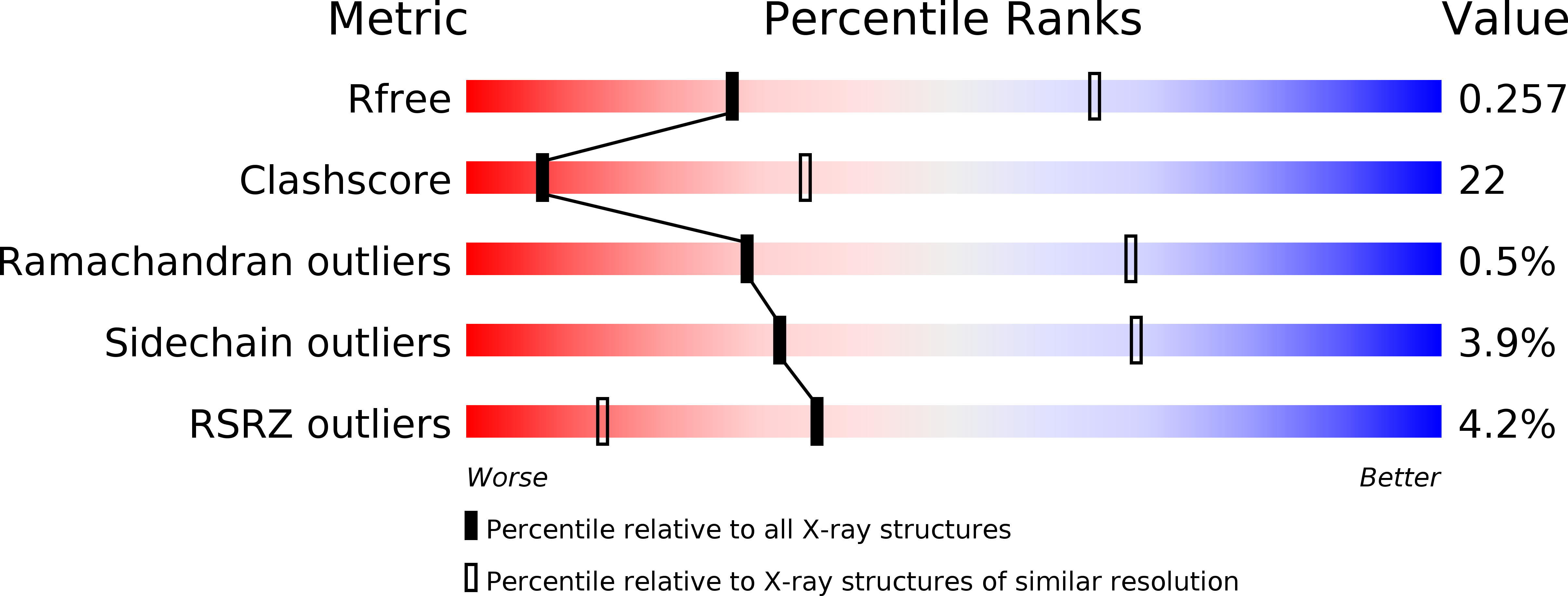
Deposition Date
1999-02-16
Release Date
1999-02-23
Last Version Date
2023-08-09
Entry Detail
PDB ID:
1B9X
Keywords:
Title:
STRUCTURAL ANALYSIS OF PHOSDUCIN AND ITS PHOSPHORYLATION-REGULATED INTERACTION WITH TRANSDUCIN
Biological Source:
Source Organism:
Rattus norvegicus (Taxon ID: 10116)
Bos taurus (Taxon ID: 9913)
Bos taurus (Taxon ID: 9913)
Host Organism:
Method Details:
Experimental Method:
Resolution:
3.00 Å
R-Value Free:
0.26
R-Value Work:
0.21
Space Group:
P 21 21 21


